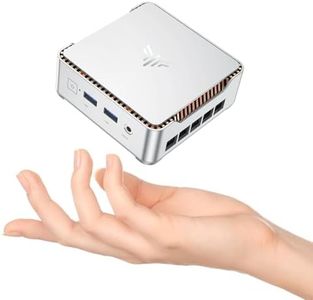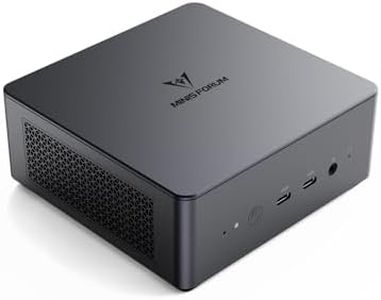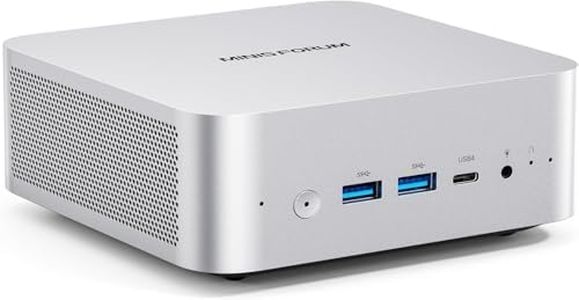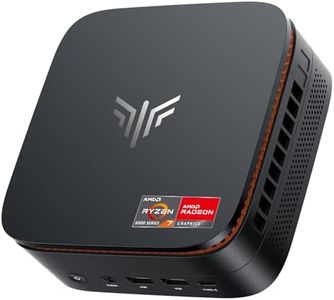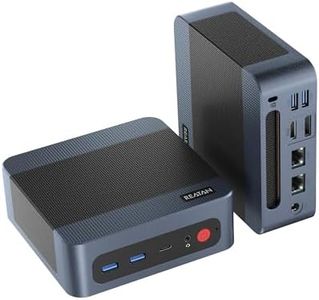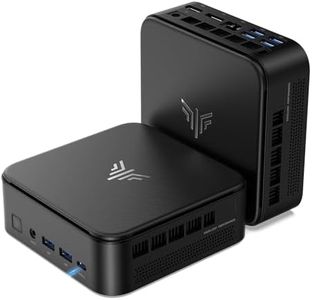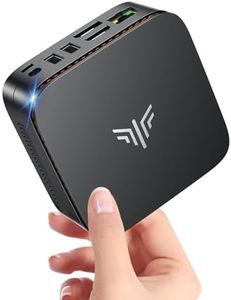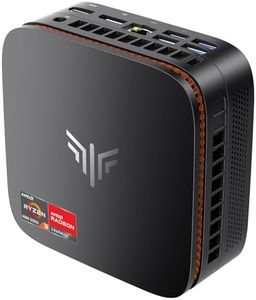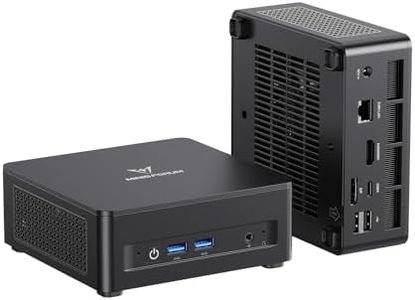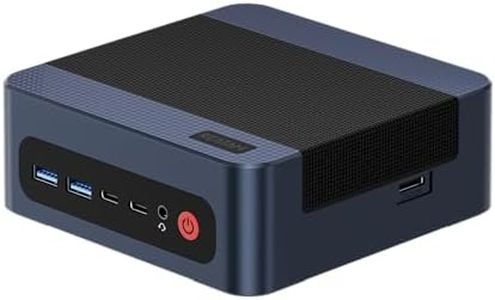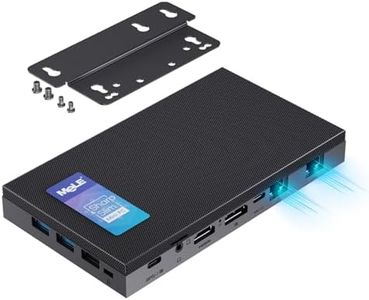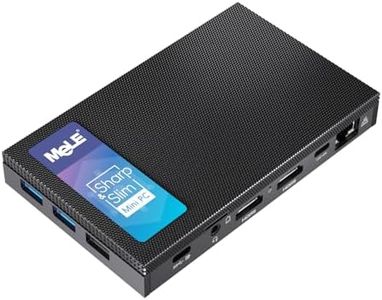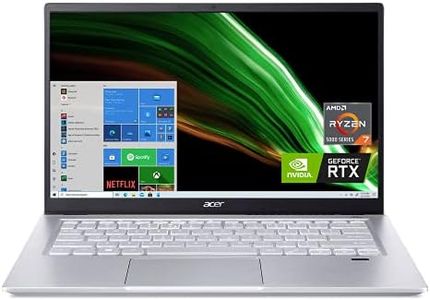We Use CookiesWe use cookies to enhance the security, performance,
functionality and for analytical and promotional activities. By continuing to browse this site you
are agreeing to our privacy policy
10 Best PC for photo editing
From leading brands and best sellers available on the web.Buying Guide for the Best PC for photo editing
Choosing a PC for photo editing involves understanding what kinds of tasks your computer will need to handle, such as processing large images, multitasking with editing software, and keeping your workflow fast and smooth. It's important to find a balance between powerful hardware and your actual needs so you don't pay for features you'll never use. Think about the typical file sizes and complexity of your photo projects, as well as any future upgrades you might want to make. The goal is to select a system that makes editing comfortable, efficient, and enjoyable.Processor (CPU)The processor, or CPU, is essentially the brain of your PC. It manages all instructions and makes your photo editing software run smoothly. For photo editing, a faster and more modern CPU can make editing large files and applying effects much quicker. CPUs come in different core counts and clock speeds. For basic editing or occasional work, a mid-range CPU with 4 to 6 cores is often enough. If you regularly work with high-resolution images or multi-layered files, consider a CPU with 6 or more cores. Always aim for a current-generation model if possible, since newer processors offer better performance and energy efficiency. Your decision here depends on the size and complexity of your editing projects.
Memory (RAM)RAM is your PC’s short-term memory and helps with multitasking, especially when running large photo files or handling many applications at once. For simple edits and lighter workloads, 8 GB of RAM can work, but 16 GB is often recommended for most photo editors to comfortably manage larger files and multitask. If you tend to work with very large high-resolution images or multiple programs at the same time, 32 GB or more will give you extra breathing room. Think about how many programs and tabs you typically keep open alongside your editing software to pick the right amount.
Storage (SSD/HDD)Storage holds your operating system, editing software, and all your image files. There are two main types: HDDs (traditional hard drives) and SSDs (solid-state drives). SSDs are much faster, which means your computer and files will load quickly—this is especially noticeable when working with large RAW files. Many photographers choose a combination: an SSD for your system and active projects, and a larger HDD for archiving older files. If speed is important for your workflow, prioritize an SSD with at least 500 GB of space, with additional storage added as needed for your image library.
Graphics Card (GPU)A graphics card (GPU) processes images and can help photo editing programs run faster, especially for certain effects or when using high-resolution displays. Integrated graphics (built into the CPU) can handle basic photo editing, but a dedicated GPU is useful if you work with advanced filters, large images, or enjoy smooth zooming and panning. For casual editing, integrated graphics may be enough, but for professional use or working with massive files, look for a mid-range dedicated GPU. The choice here should be based on how often you use demanding effects and whether your editing software takes advantage of GPU acceleration.
Display QualityAlthough not part of the PC itself, the quality of your monitor is crucial for photo editing. A good monitor helps you see colors and details accurately, which is vital for editing. Look for displays with high resolution (at least Full HD, but QHD or 4K is better), accurate color reproduction, and consistent brightness. IPS panels are a popular choice for photographers because they offer good color accuracy and wide viewing angles. Match your display choice to the level of color-critical work you do: for serious editing, higher resolution and better color accuracy are worth prioritizing.
Ports & ConnectivityHaving enough and the right kind of ports makes transferring images from cameras or external drives and connecting peripherals easy. USB 3.0 or higher is helpful for fast file transfers, while card readers are convenient for photographers. In addition, having HDMI or DisplayPort connections is important if you're using an external high-quality monitor. Consider your workflow—how often you plug in devices, what types you use—when deciding how many and what kinds of ports you need on your system.
